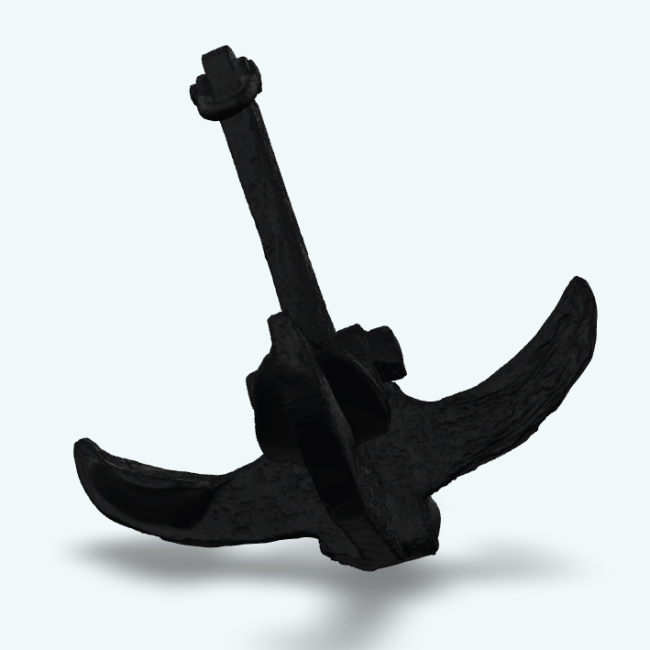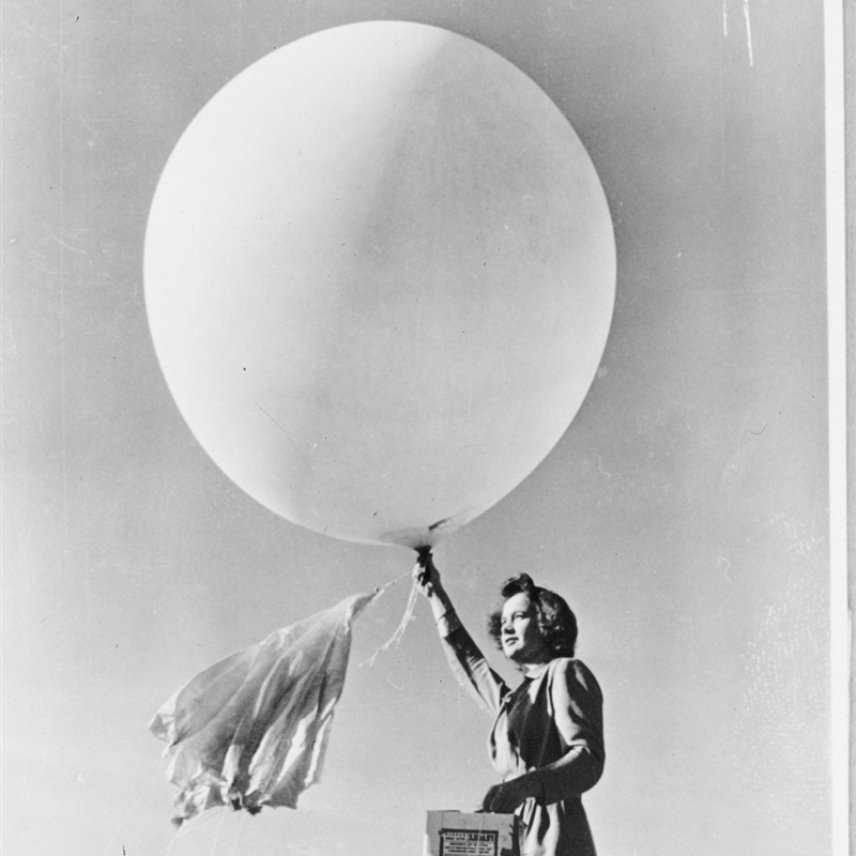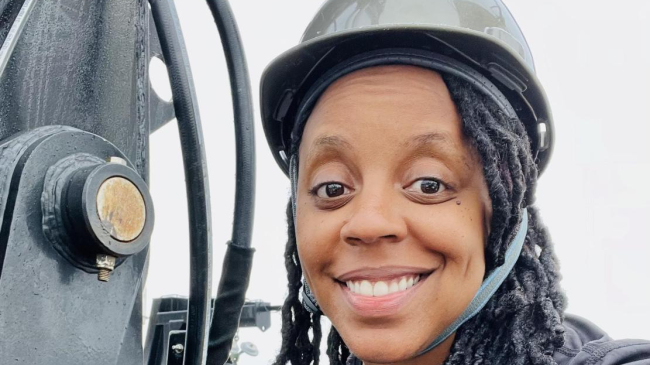106 years of the NOAA Corps uniform, shown in photos
The uniform and insignia of the NOAA Corps have a long history, dating back to before there was even a commissioned corps. Over the past two centuries, they have evolved, while retaining their historical roots.
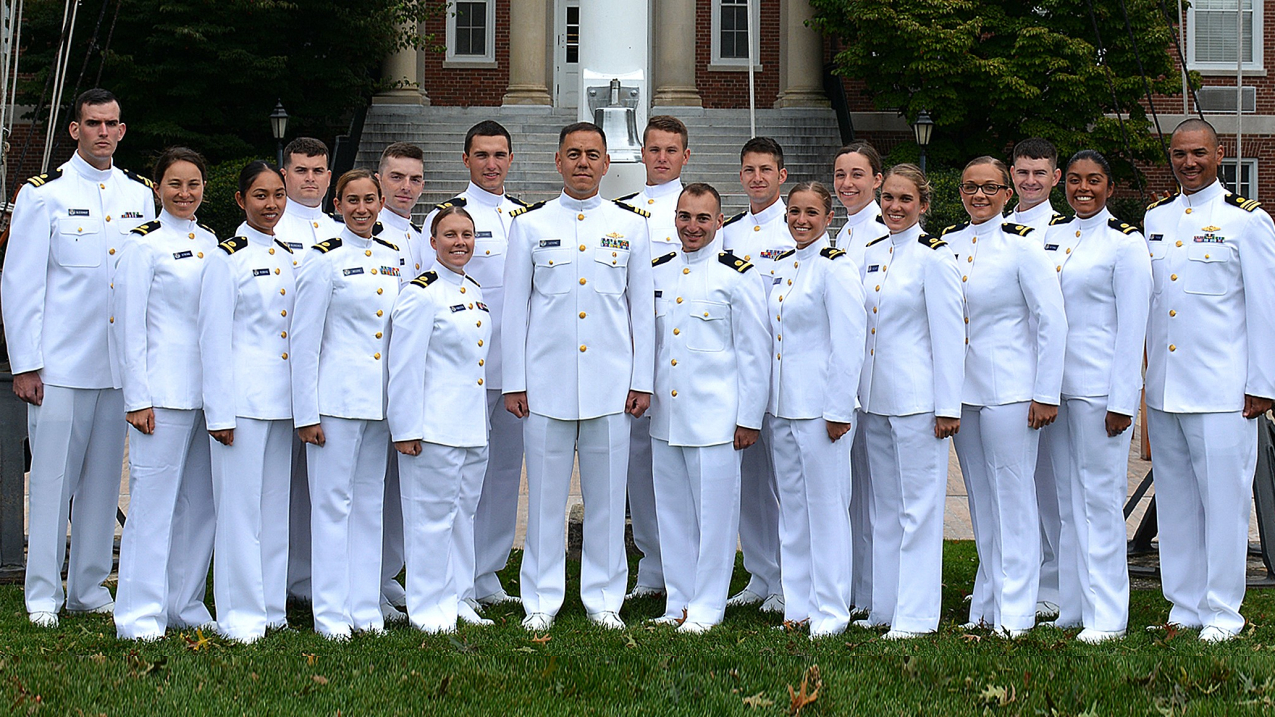
NOAA Corps Basic Officer Training Class (BOTC) 134 poses for their class photo. (Image credit: NOAA)
1807-1898
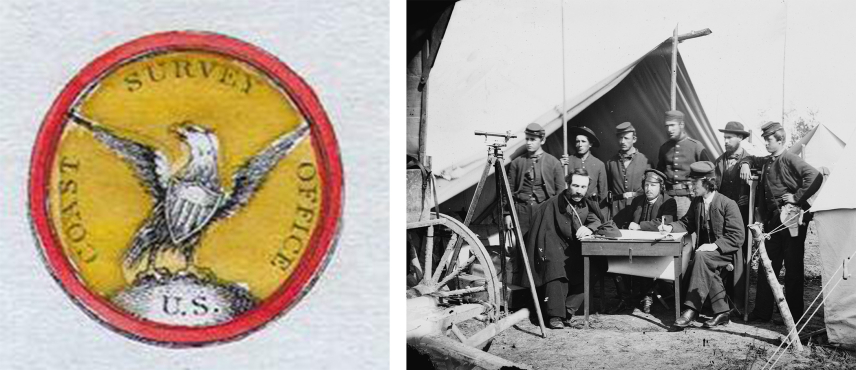
The early U.S. Coast & Geodetic Survey (USC&GS) was identified as a government agency by their symbol – an American eagle on a globe. The symbol was originally placed on charts and publications but later became a uniform insignia. USC&GS staff served alongside uniformed Army and Navy personnel, but as non-uniformed civilians, they could have been considered spies if captured in wartime.
1899
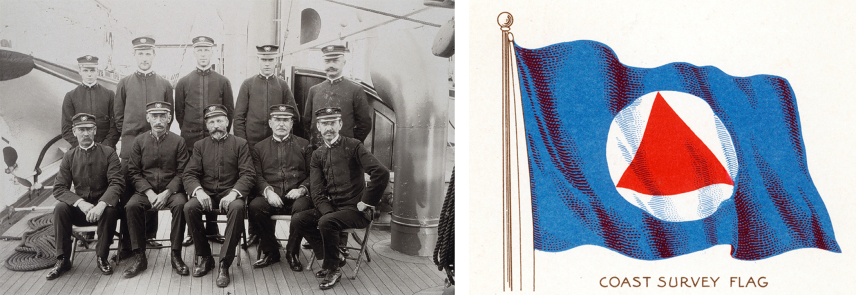
When Navy officers were removed from USC&GS service in 1899, survey personnel began wearing blue uniforms with the triangle in a circle taken from their official flag on their caps and collars. The only version of the uniform at the time was “service dress,” a high-collared blue uniform with elaborate braid, which is more formal than contemporary working uniforms.
1901
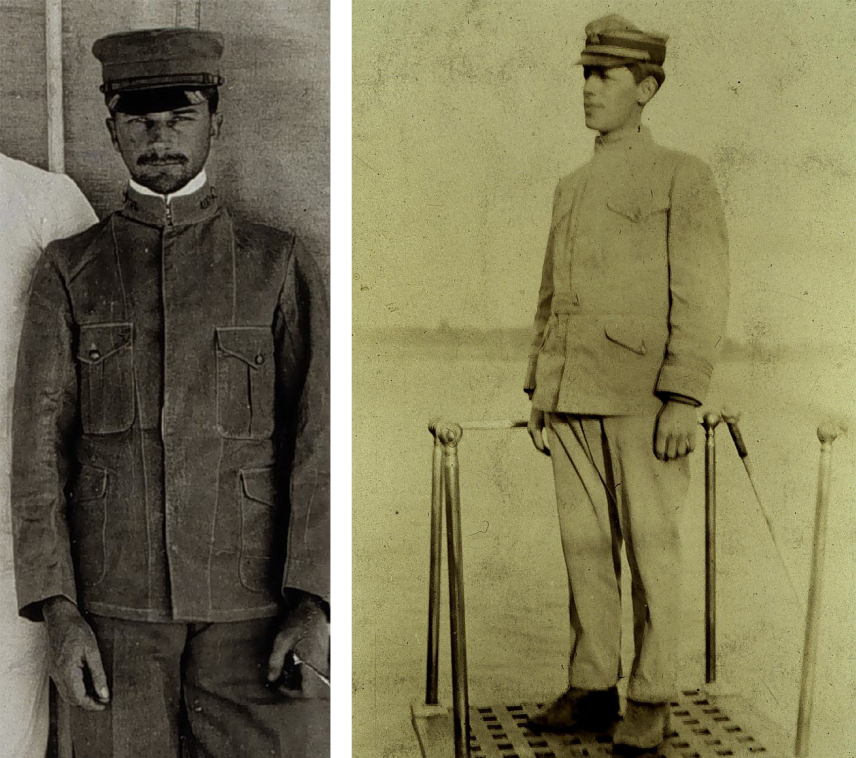
In addition to blue and white uniforms, the survey adopted a less formal khaki field uniform in 1901 for work in small boats and rough country ashore. Khaki uniforms are still worn by NOAA Corps officers today, although they look very different from the ones pictured here.
1914
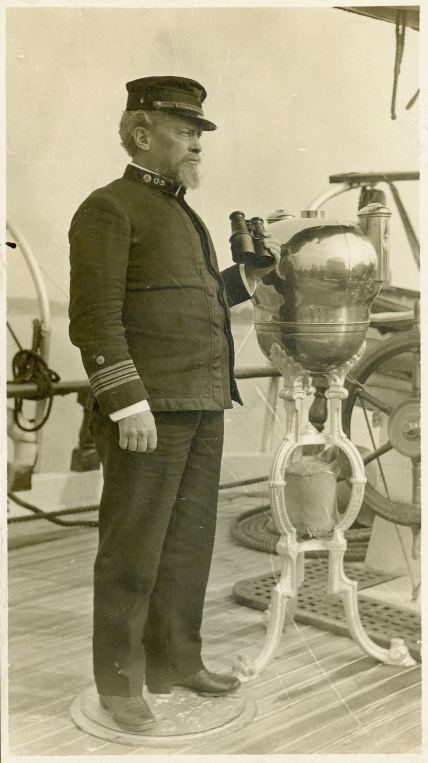
By 1914, the USC&GS added gold rank stripes to uniform cuffs to indicate a surveyor’s position. However, they were still not a commissioned corps, and these stripes did not match Naval ranking practices.
1917
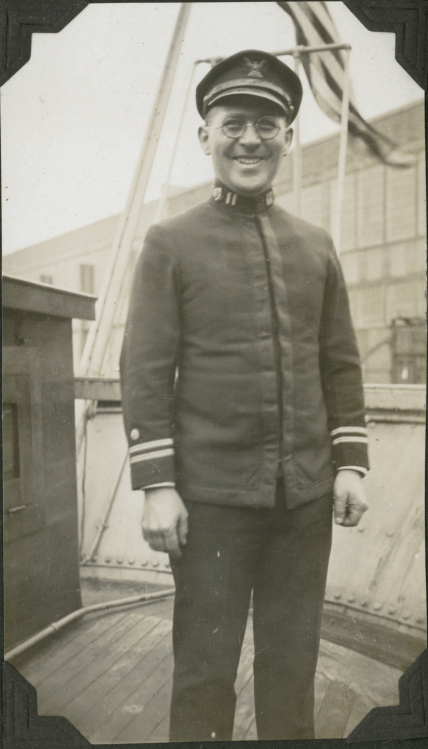
The USC&GS set up a commissioned corps during WWI and started to align their insignia and ranks to the Navy & Coast Guard. They used their first insignia, the eagle perched on a globe, on caps & buttons. They also added naval style insignia to collars and cuffs to indicate rank.
1921
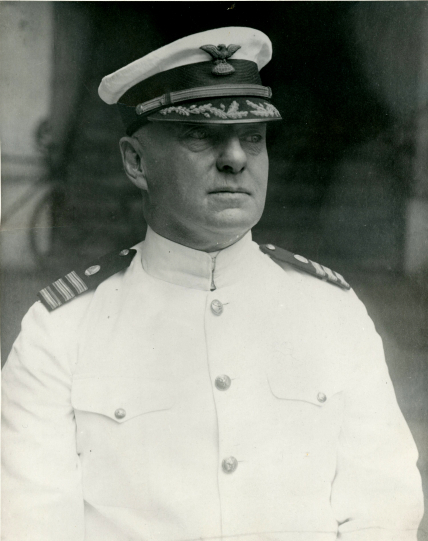
During World War I, the USC&GS continued to adopt naval uniforms and insignia. In 1920, shoulder boards were added to white and khaki uniforms to denote service and rank. In warmer locales, the white uniform was worn for regular duty. The white uniform is still in use by the NOAA Corps but is reserved for formal functions.
1926
In 1926, the Corps introduced double-breasted navy blue uniform coats, worn with a white shirt and black tie. These service dress blues are very similar to what they wear today. Though not exactly the same cut, this uniform would not look out of place among NOAA Corps officers today.
1943

During WWII, the Corps continued to follow Navy uniform regulations and replaced khaki working uniforms with gray uniforms, intended to provide better camouflage aboard ships. However, the gray uniforms were not popular in the Navy, partially due to tradition and the fact that officers already had the khakis. The Navy phased out the gray uniforms a few years later in favor of the earlier khaki version and the USC&GS followed suit.
1972
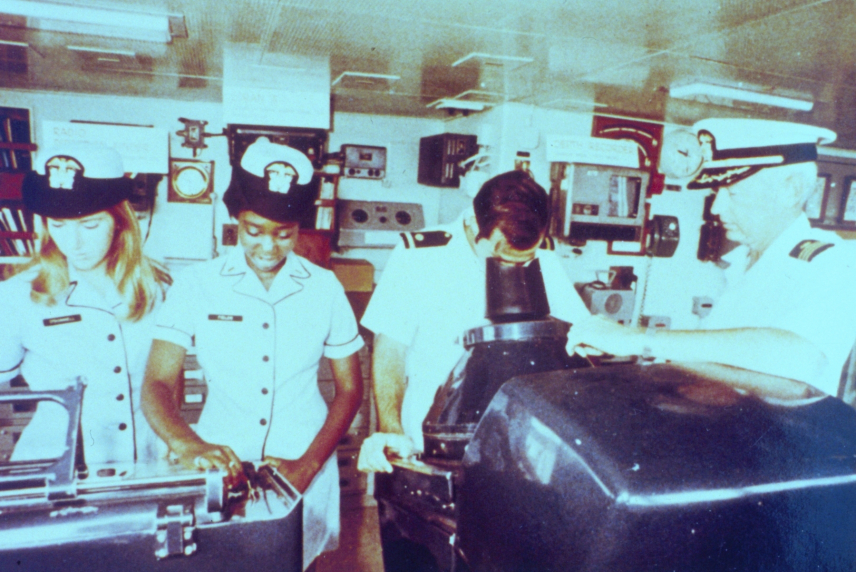
The service’s uniforms didn’t change much again until women joined the NOAA Corps in 1972. They wore Navy uniforms with NOAA insignia and buttons. However there were no suitable uniforms for them to wear at sea, and they were forced to wear skirts and high heeled shoes (following Navy regulation). Women also didn’t have khakis yet. Instead, their working uniforms were made of blue and white striped “pin cord” fabric with blue piping. At first, women weren’t allowed to wear earrings. When the NOAA Corps decided to let them wear small studs, their women officers were sometimes stopped on Naval bases for being out of uniform. NOAA Corps officials had to explain to the Naval officers that this was acceptable for their women officers.
2008
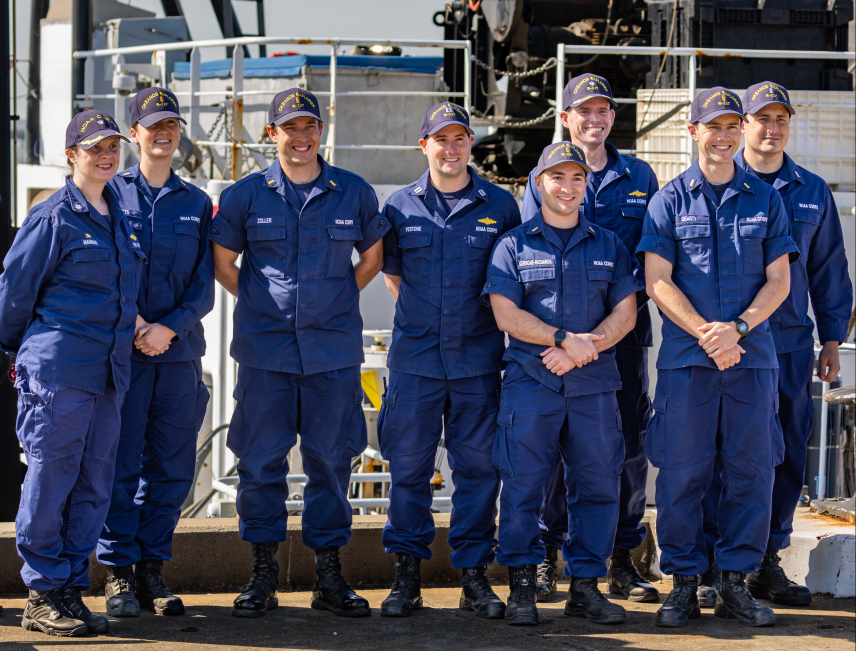
In 2008, the NOAA Corps changed their Operational Duty Uniform (ODU) to mirror the Coast Guard’s, rather than the Navy’s. This uniform is worn when working aboard ship, and the khakis that until 2008 had been worn aboard ship are now usually seen in the office.
Today
Today, NOAA Corps officers have their blue Coast Guard-inspired ODUs, khakis, dress blues, and dress whites. The uniforms and insignia of the NOAA Corps and its predecessors may have changed with the times, but they remain symbols of the Corps’ honor, respect, and commitment to serving the nation and NOAA.



